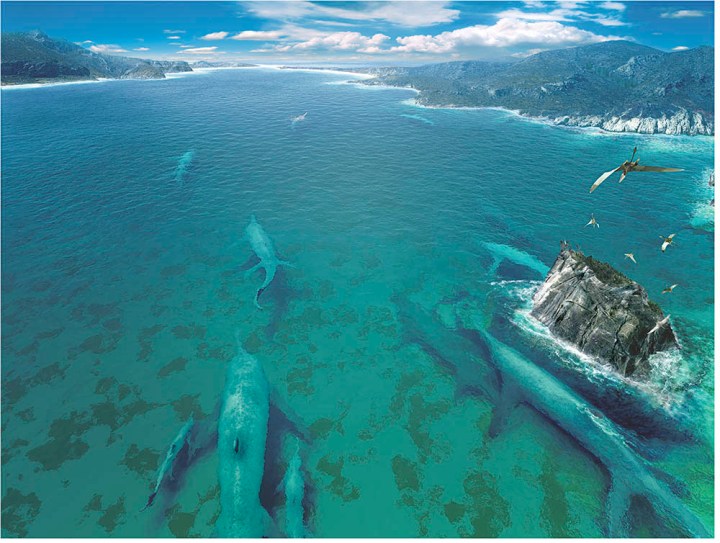This week, we learned …
… how industrial runoff can kill us in ways we could never even imagine. Read of the week!

Photograph by David Littschwager, National Geographic
How else does runoff impact the environment? Use our picture-of-practice to learn more.
… global carbon emissions have reached an all-time high.

What are carbon emissions? Use our picture-of-practice to learn more.
… dogs and cats burned by the California wildfires are being treated (successfully!) with fish skins.

Read through our article to learn why being a little fishy is not a bad thing.
… London plans to make the Tube carbon-neutral by 2050.

Photograph by Simon Norfolk, National Geographic
… the whaling culture of one of the most cooperative societies on Earth.

Photograph by Brian J. Skerry, National Geographic
… what it’s like to walk every block in all five boroughs of New York City.
What are New York City’s toponyms?
… the sage grouse is running out of protections.

Investigate the sage grouse and other endangered animals of the Americas.
… Tehran is sinking.

Photograph by Ninara, courtesy Flickr. CC-BY-2.0
What other city is sinking? Use our gorgeous infographic to learn more.
… sea monsters had blubber.

Illustration by Matte FX, National Geographic
Use our activities, lessons, and resources to swim with sea monsters.
… women may be better-suited for ultramarathons than men.

Photograph by Worldwide Happy Media, courtesy Wikimedia. CC-BY-SA-3.0
What are ultramarathons? Use our article to find out what they are, and what it takes to run them.
… the books Bill Gates loved reading this year.
What booklists have we compiled?

